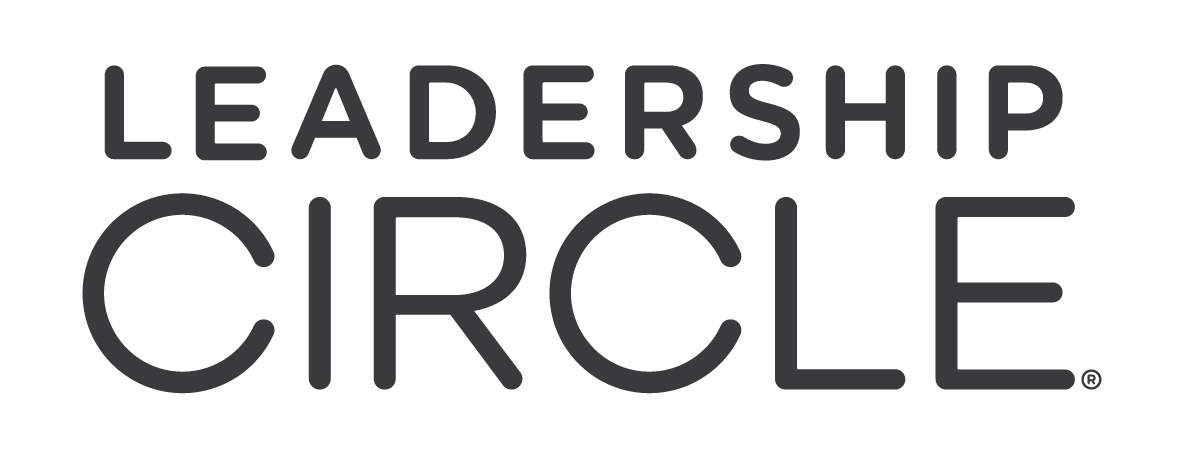Risk management is often framed as a technical or procedural task — reliant on frameworks, checklists, and compliance systems. But the truth is that effective risk management is inseparable from leadership.
For too long, organisations have treated risk as a problem for specific departments — legal, compliance, or finance. In today’s fast-moving environment, this approach is no longer enough. Complex markets, disruptive technologies, and global uncertainty demand leaders who can anticipate challenges, build trust, and make decisions grounded in resilience and foresight.
At Leadership Circle, we believe the strongest risk management strategies begin not with a process, but with the mindset and behaviours of self-aware leaders.
The Shortcomings of Traditional Risk Management
Traditional risk management tends to lean heavily on compliance frameworks and departmental silos. These systems have their place — they prevent penalties, ensure regulatory adherence, and provide structure. But they are often too rigid to cope with the fluid, fast-paced challenges modern organisations face.
- Compliance focus: Rules-based systems concentrate on avoiding fines and legal consequences but often ignore emerging risks such as AI disruption, cyber security threats, or shifting geopolitical conditions.
- Siloed approaches: When each department manages risk in isolation, blind spots emerge, collaboration suffers, and opportunities to respond systemically are missed.
- Leadership blind spots: Perhaps most overlooked, unexamined leadership behaviours can actually amplify organisational risk. Leaders who cling to control, react defensively, or make decisions from fear create bottlenecks and overlook early warning signs.
The reality is that risk isn’t static — and neither can the systems or the leaders responsible for managing it be.
Conscious Leadership: A New Dimension of Risk
Strong risk management begins with strong leadership. While conventional managers focus on minimising risk, conscious leaders learn to navigate and leverage it.
This capacity comes from vertical development — the process of expanding a leader’s ability to deal with complexity, ambiguity, and change. Unlike technical training, vertical development strengthens inner capacity, enabling leaders to interpret uncertainty as opportunity rather than solely threat.
Conscious leadership embeds risk awareness not only into processes but into culture. Leaders who cultivate presence, perspective, and curiosity help their teams respond to challenges with agility rather than fear.
Why Self-Awareness Is the Foundation
Leaders cannot mitigate risks they cannot see — including their own blind spots. Self-awareness is therefore the bedrock of successful risk management.
Without it, unconscious behaviours creep in:
- Ego-driven leadership leads to overconfidence and the dismissal of valid concerns.
- Fear-based leadership triggers defensive decisions, stifling innovation.
- Overly controlling leadership discourages employees from raising risks, leaving vulnerabilities hidden.
The Leadership Circle Profile™ (LCP) provides a unique mirror for leaders to see how their patterns show up in the organisation. By surfacing reactive tendencies and charting a path toward creative competencies, it equips leaders with the insight needed to create cultures where risks are identified early and addressed effectively.
From Compliance to Culture
To be effective, risk management must evolve from a box-ticking exercise to a cultural pillar. Embedding risk awareness into daily operations requires leaders who create psychological safety, encourage open dialogue, and think systemically.
Practical steps include:
- Open conversations: Make risk a standing agenda item in team meetings.
- Trust and safety: Foster an environment where employees can raise concerns without fear.
- Holistic thinking: Encourage consideration of both short-term and long-term impacts when making decisions.
When leaders establish transparency and trust, teams feel empowered to surface risks before they escalate — shifting risk management from reactive firefighting to proactive prevention.
The Leadership Capabilities That Strengthen Risk Management
Every leader can improve their organisation’s risk readiness by strengthening five essential capabilities:
1. Systemic Thinking
Effective leaders understand that risks rarely exist in isolation. By examining interdependencies across systems, they anticipate ripple effects and identify root causes rather than symptoms. Tools like causal loop diagrams and system archetypes help teams visualise patterns and uncover leverage points.
2. Emotional Intelligence
High EQ enables leaders to regulate their own reactions and empathise with others. In high-stakes situations, this prevents impulsive choices and builds trust. Emotional intelligence can be developed through practice, coaching, and reflection, and it directly enhances communication, collaboration, and morale.
3. Strategic Courage
Leaders must be willing to take calculated risks, even when outcomes are uncertain. Strategic courage means balancing prudence with boldness — seizing opportunities in volatile environments while remaining anchored to long-term vision.
4. Transparent Communication
Transparency ensures risks are surfaced and shared across levels of the organisation. Leaders who over-communicate, document decisions, and model openness create alignment, accountability, and clarity — reducing the likelihood of surprises.
5. Resilience
Resilient leaders model adaptability, optimism, and persistence. They help teams stay grounded during turbulence and bounce back quickly from setbacks. Resilience can be built through intentional practices such as mindfulness, feedback loops, and supportive team cultures.
Building Risk-Ready Leadership
Developing leadership capacity for risk management is not an overnight exercise, but it is achievable with deliberate effort:
- Align leadership development with risk goals by using tools such as the LCP.
- Encourage coaching through uncertainty so leaders empower rather than control their teams.
- Integrate risk awareness into strategic planning so it becomes part of everyday decision-making, not an afterthought.
The Ultimate Risk Strategy: Self-Aware Leadership
At its core, risk management is not about eliminating uncertainty — it’s about equipping organisations to navigate it wisely. And that starts with leaders.
Self-aware leaders, grounded in conscious practice, are the ultimate risk management tool. By fostering trust, modelling adaptability, and encouraging transparency, they help organisations face the future not with fear, but with clarity and confidence.
Want to strengthen your organisation’s risk readiness? Leadership Circle supports leaders in developing the mindsets and behaviours needed to thrive in complexity.





